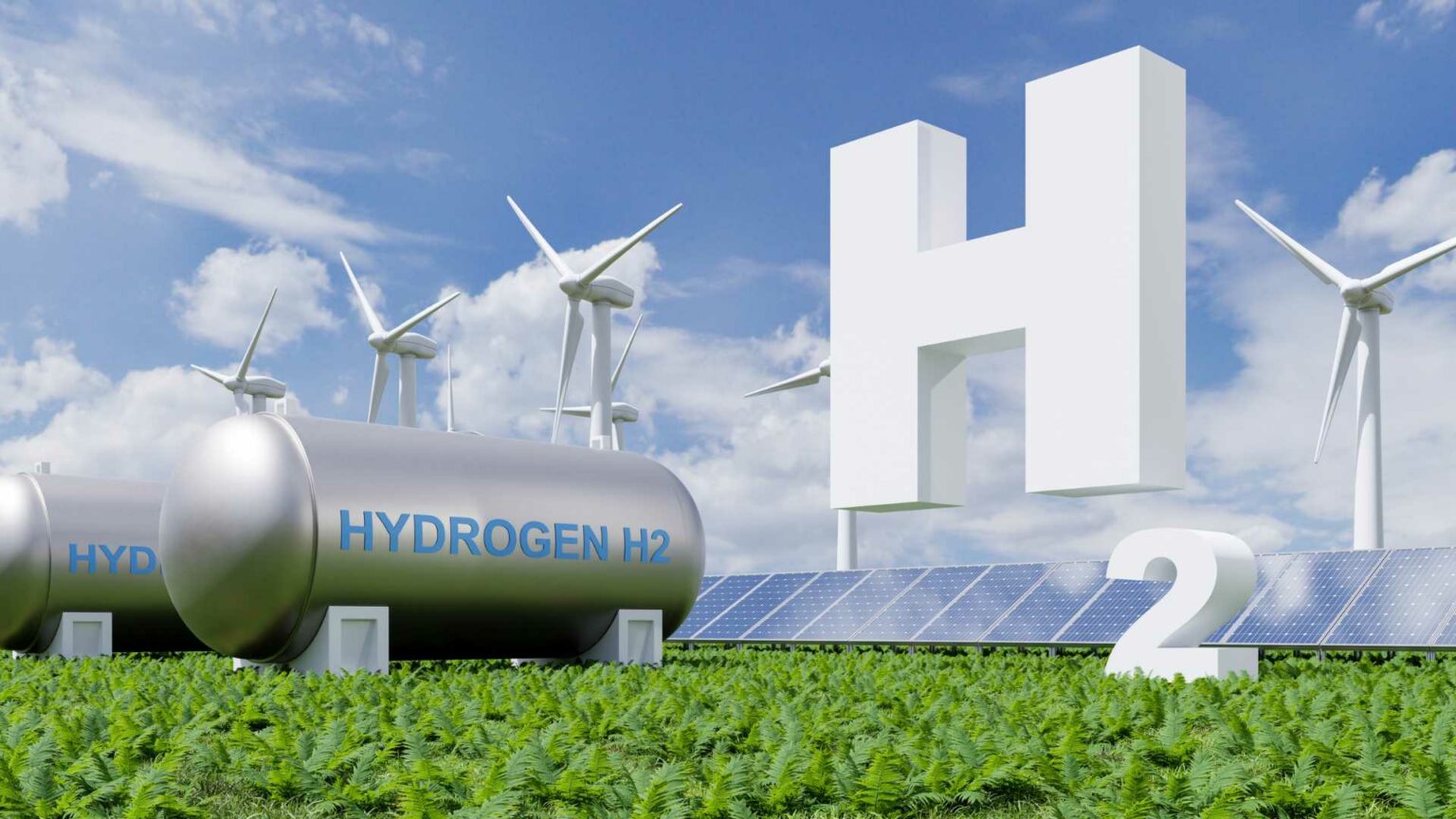UNIPER TECH GMBH has filed a patent for a plant and process designed to produce ammonia continuously using renewable energy. This patent, dated July 10, 2024, introduces sophisticated methods for ensuring steady ammonia production even when external conditions such as renewable energy availability or hydrogen supply fluctuate.
Unique Features
This patented process stands out due to its ability to maintain continuous ammonia production through a catalytic cracking unit. The unique aspect is its adaptive mechanism, where part of the produced ammonia is re-cracked into hydrogen when there is a shortfall in renewable energy or hydrogen supply. This ensures a continuous supply of hydrogen, which is critical for uninterrupted ammonia synthesis.
Potential Applications
The technology primarily finds its application in renewable energy and chemical manufacturing. Specifically, it can be pivotal for industries relying on green hydrogen produced through ammonia. The agricultural sector, which heavily depends on ammonia for fertilizers, can benefit immensely from this stable production process. Furthermore, the technology can be instrumental in energy storage solutions, offering a reliable method to store and transport hydrogen in ammonia.
Technical Specifications
The patent outlines at least one catalytic cracking unit in the plant’s design. This unit is critical for re-cracking and is designed to activate when renewable energy or hydrogen supply drops below minimum thresholds. The technology ensures the plant can dynamically respond to supply variations, maintaining a steady hydrogen output.
Key Takeaways
– UNIPER TECH GMBH’s patented process provides a continuous ammonia production method leveraging renewable energy.
– The innovation’s adaptive mechanism re-cracks ammonia into hydrogen to counteract supply fluctuations.
– Potential applications include agriculture, energy storage, and any industry requiring stable hydrogen supplies.
– This technology can significantly impact the hydrogen market, offering a reliable solution aligned with sustainable energy goals.
– Unlike conventional systems, this process ensures a continuous hydrogen output, enhancing the stability of renewable-dependent ammonia production plants.





